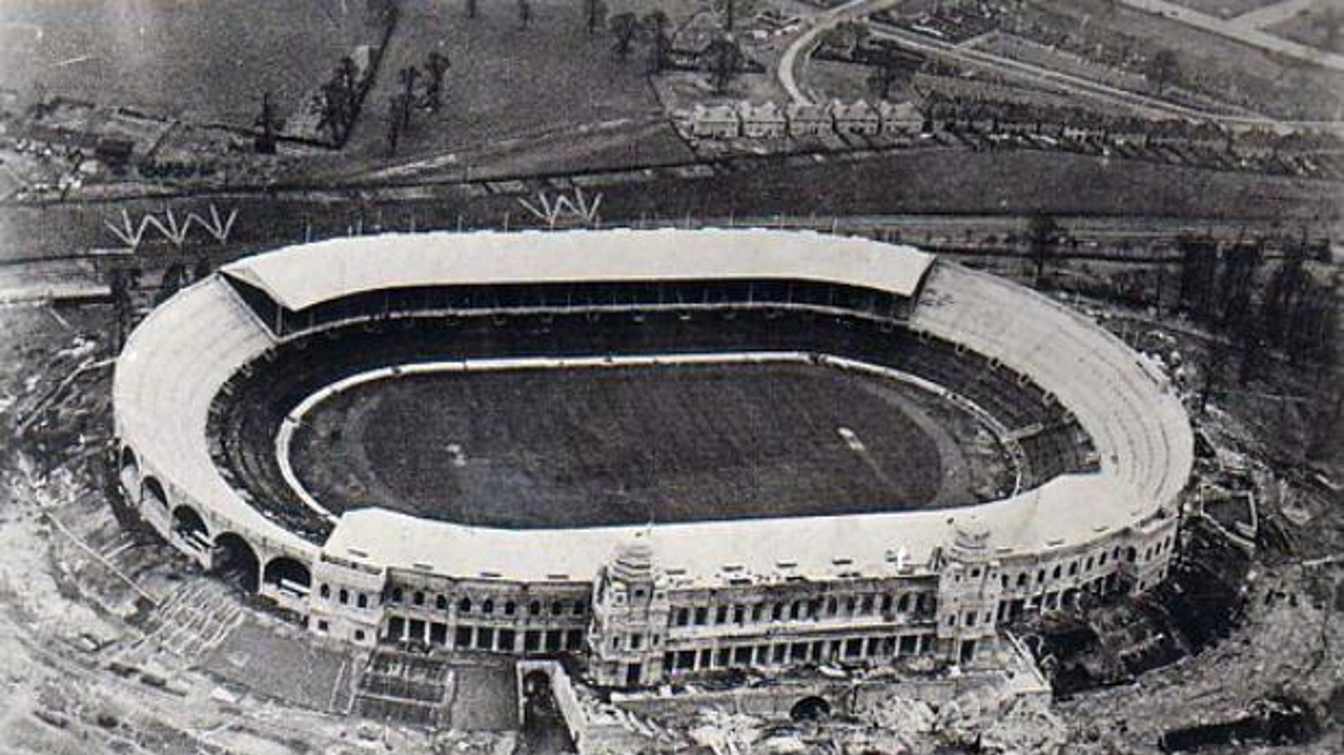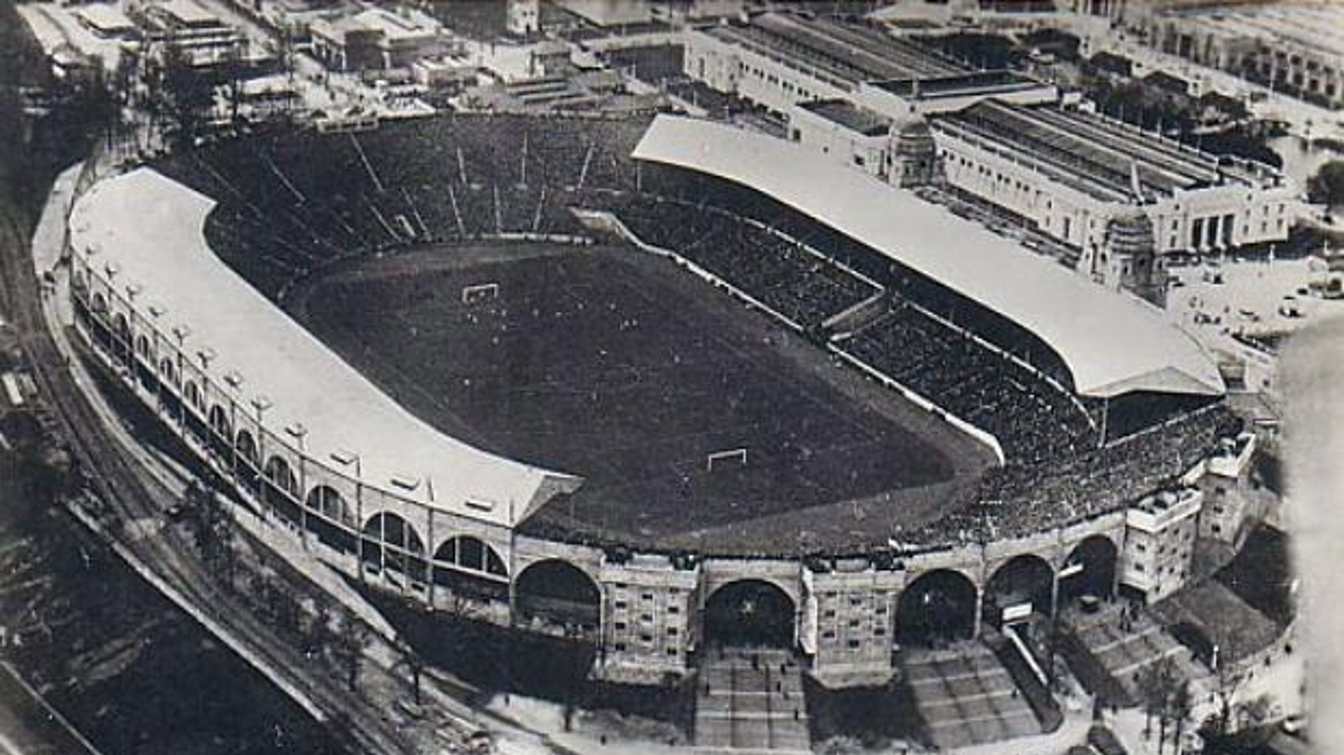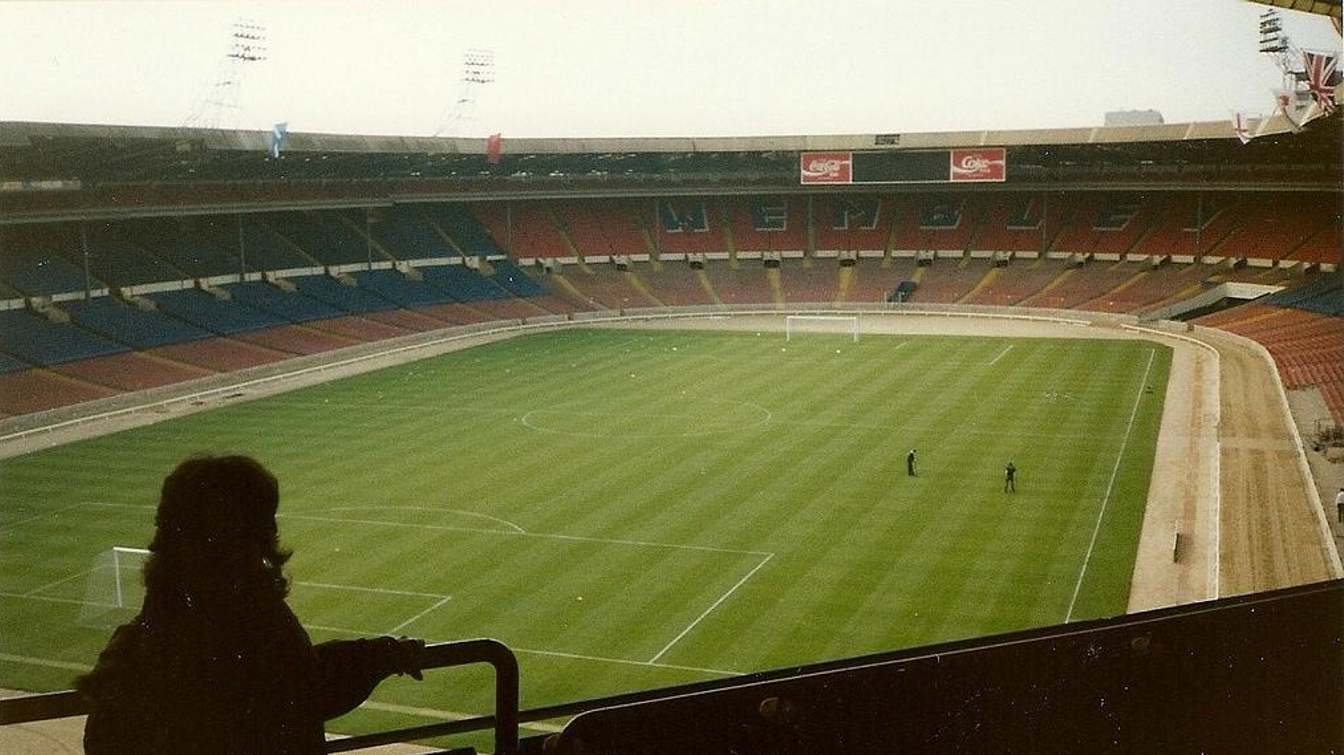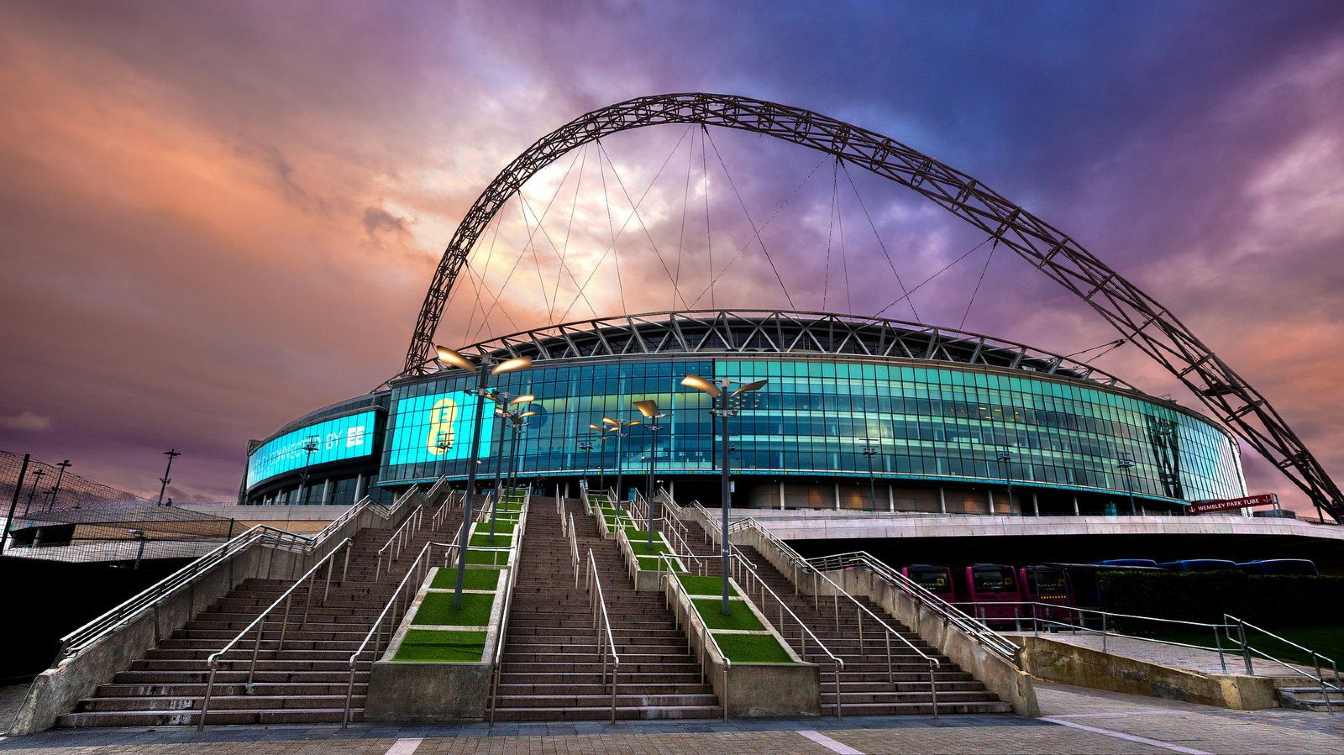England: 100 years since the opening of Wembley Stadium
source: StadiumDB.com; author: Kuba Kowalski
 The story of one of the greatest stadiums in the world, which is famous not only among football fans. How has the legendary venue changed over ten decades? What tournaments and events has Wembley hosted?
The story of one of the greatest stadiums in the world, which is famous not only among football fans. How has the legendary venue changed over ten decades? What tournaments and events has Wembley hosted?
Advertisement
The origins of London's pride
Wembley Stadium, although now seen primarily as the focal point of British sport, was originally designed as the centrepiece of the British Empire Exhibition in 1924. Wembley Park was originally a landscaped park developed by Humphry Repton. Following the site selection for the British Empire Exhibition, it was completely transformed. The site where the stadium was later to be built was the abandoned base of Watkins Tower (a failed attempt to compete with the Eiffel Tower), which was razed before construction began.
Construction of the stadium began slightly earlier, in 1922, with Sir Robert McAlpine's engineering company working on designs by architects Sir John Simpson and Maxwell Ayrton. The concept followed an imperial theme. As an example, the domes of the twin towers were inspired by Mughal architecture, but built in concrete. The building was completed on April 24, 1923. 4 days later it hosted its first major sporting event: the 1923 FA Cup final between Bolton Wanderers and West Ham United. Thereafter, until 1927, the stadium was even considered for demolition when it was purchased by Wembley Stadium and Greyhound Racecourse Company. As a result, the venue was retained for domestic sporting occasions, including FA Cup finals from 1926 onwards.

Post-war sporting festivities at Wembley
Among Wembley's most notable sporting honours was hosting athletics events during the 1948 Olympics. The Games took place after very short preparations and on a limited budget. They began just 1,000 days after the end of the Second World War, in a bomb-devastated city where food rations still applied.
One of the biggest events in the London arena was the 1966 World Cup. After being awarded the hosting rights, the stadium was improved, including a new digital scoreboard and a roof covering all the stands. Wembley hosted nine matches throughout the tournament, with England reaching the final. The hosts contested the victory against West Germany in a dramatic match, leading to Kenneth Wolstenholme's now iconic comment on the BBC in the closing moments: They think it's over... now it is!
The English won the match 4:2.

Not just sport
Wembley was also a popular concert venue in the 1970s, 1980s and 1990s, when it hosted many popular shortlisted artists. Live Aid in 1985 is probably the best remembered musical event. In response to the famine in Ethiopia between 1983 and 1985, a group of prominent musicians took part in a charity concert. Performers included Elton John, David Bowie, Paul McCartney, U2, Queen and Status Quo. More than 72,000 people attended Wembley to watch the artists perform. The television audience is estimated to have reached 1.9 billion people: around 40% of the world's population at the time.
A variety of entertainment shows were held at Wembley, including Evel Knievel crashing on a motorbike while attempting to jump over 13 London buses. The American stuntman is listed in the Guinness Book of World Records as the person who has experienced the most broken bones in his life
- 433. Despite suffering a fractured pelvis as a result of his fall at Wembley and announcing his impending retirement - which he later withdrew from - Knievel refused to use a stretcher and famously said: I came on foot, I left on foot.

A new beginning at the old site
By the late 1990s, Wembley Stadium was slowly beginning to feel its age. The old venue closed in October 2000 and demolition began in 2002, with the twin towers torn down in December that year. Reconstruction began in 2003. After many setbacks, the new Wembley Stadium opened in 2007 on the same site as the old venue. Designed by Populous and Foster and Partners, the new stadium cost £798 million. It is now owned by the Football Association, the governing body of English football.
The first official match at the new Wembley was played on March 24, 2007 - a meeting between England and Italy's youth teams. On May 11 of the same year, a statue of Bobby Moore was unveiled just outside the main entrance. Wembley is the second largest stadium in Europe, after Camp Nou. Its most striking feature is its towering 133m steel arch, visible from miles around at night. Its inner diameter is 7 m and its span is 315 m.
The venue hosts the England national team's most important matches, the semi-finals and final of the FA Cup, as well as play-offs in the top leagues. The stadium hosted the Champions League finals in 2011 and 2013. In 2012, it hosted the final of the football tournament of the Olympic Games. Between 2017 and 2019, Wembley was the home to Tottenham footballers as they waited for their stadium to be completed. During Euro 2020, the arena hosted as many as eight matches - with the semi-finals and final topping the list. The venue has also staged American football games, boxing matches and numerous music events in the past.
See how Wembley looks in comparison to the other stadiums in London:
Advertisement
 StadiumDB
StadiumDB ©
©